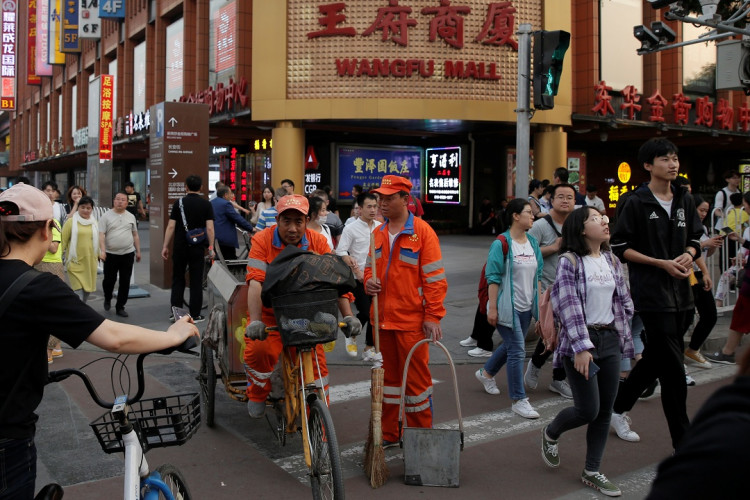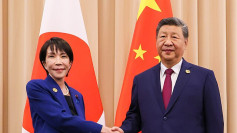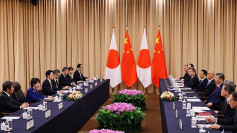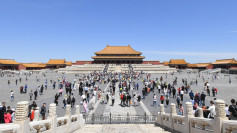To counter the effects of its ongoing trade war with the United States, China has revealed a contingency plan for the next two years to bolster consumer spending. The country's two-year action plan aims to promote consumer spending on goods that range from new energy vehicles to new 5G mobile smartphones.
China's National Development and Reform Commission, its Ministry of Commerce, and it's Environmental Protection Ministry published a joint circular on Thursday that outlined the two-year plan. Part of the initiative will be to bolster the country's recycling infrastructure for items such as consumer electronics, cars, and home appliances.
The agencies felt that the optimization of its recycling infrastructure should contribute to the industry by lowering prices of consumer goods, which would, in turn, spark consumer demand.
A shift to greener technologies such as electric vehicles and smart home appliances has also been seen as a realistic way of absorbing the impact of the ongoing trade war on exports and consumer spending.
The agencies are planning to bolster the development in green sectors and manufacturing. Green products are seen as key consumer goods that should make the domestic market much stronger.
With the ongoing tariff hikes on its imports to the United States, China is now betting on its domestic market to carry the burden. The country is confident that its 1.4 billion consumers should be able to carry the slack brought about by the trade war.
US President Donald Trump recently imposed his promised tariff hikes, which negatively affected China's export prospects. Trump's administration recently doubled the tariff rates to as much as 25 percent on over $200 billion worth of Chinese imports, which officially took effect last month.
Trump also threatened to impose added tariffs on over $300 billion worth of Chinese goods, which were previously not subject to taxes. Analysts predict that the added tariffs could drop China's headline growth this year by 1 percent. China's current growth forecast for 2019 current stands at 6.2 percent, as reported by the International Monetary Fund just this week.
Economists predict that China's new measures could very well offset the decline in industries such as consumer electronics and automotive manufacturing. However, it will likely not result in a dramatic rebound in consumer spending.
China previously implemented measures with a similar goal last month. The previous measures increased car purchase limits in various cities, which the government had originally imposed to control congestion and pollution. Guangzhou increased its car purchase limits by 100,000 units, while Shenzhen raised its quota by 40,000 units.






